Grajewo County
6.92
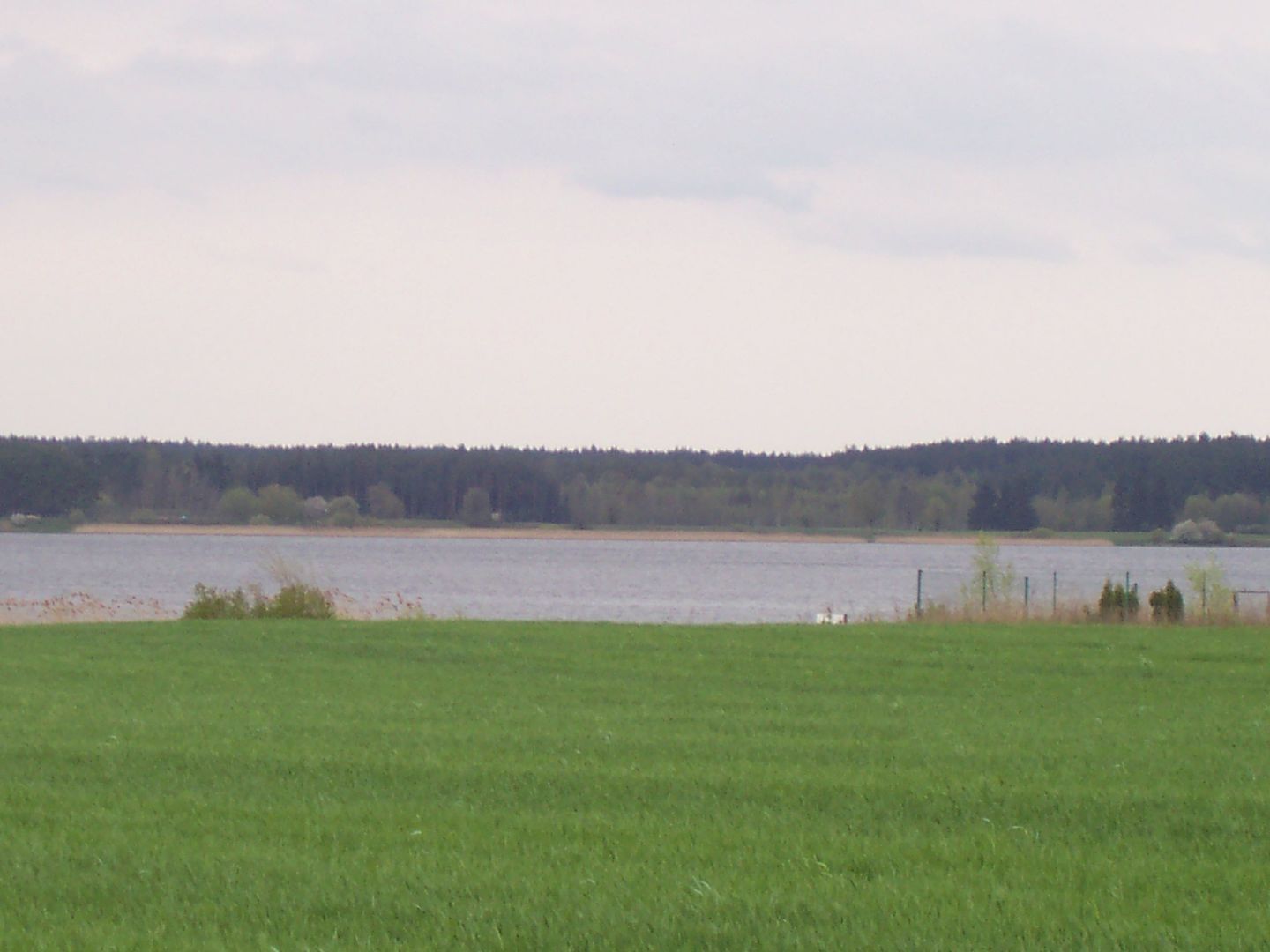
Overview
Grajewski County, located in the Podlaskie Voivodeship, was established in 1999 as a result of administrative reform. Its capital is the town of Grajewo, which plays an important administrative and cultural role. The county includes urban, urban-rural, and rural municipalities, such as Grajewo, Rajgród, Szczuczyn, Radziłów, and Wąsosz. According to 2020 data, the county is home to just over 47,000 people, and the unemployment rate in 2019 was 11.4%. The region has several healthcare facilities, including the Dr. Witold Ginel General Hospital in Grajewo and the Nursing and Care Facility in Szczuczyn. Grajewski County also stands out for its rich cultural offerings, including museums such as the Firefighting Museum in Szczuczyn and the Agricultural Equipment Museum in Wojewodzin. The area also features interesting architectural monuments, including the Opartowo Manor, the Grajewo railway station, the officers' casino, and the Church of the Holy Name of the Virgin Mary in Szczuczyn. Another notable landmark is the water tower in Grajewo, which is part of the local industrial landscape. The county is surrounded by numerous forms of nature protection, such as the Biebrza National Park, as well as numerous rivers and lakes, including the Ełk River and Lakes Toczyłowo and Rajgrodzkie, making it ideal for tourism. Outdoor enthusiasts can enjoy cycling routes such as the Grajewo-Toczyłowo bike path or the Tama-Rajgród route. The county borders five other counties, enhancing its regional significance. The starosts of Grajewski County, such as Henryk Poślednik, Jarosław Augustowski, Zygmunt Kruszyński, and Waldemar Remfeld, have contributed to its development through various local initiatives. With its rich history, architectural landmarks, and natural surroundings, Grajewski County is an interesting place to live and visit.
Location
Country
You can also find here:

Biebrza National Park
7.32
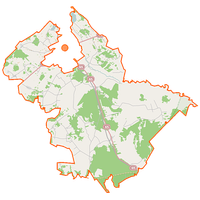
Grajewo
6.97
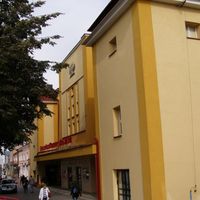
Grajewo
6.88
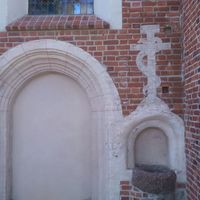
Church of the Transfiguration of the Lord in Wąsosz
6.79
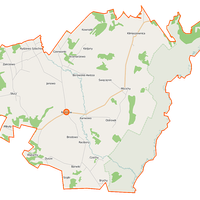
Radziłów
6.75
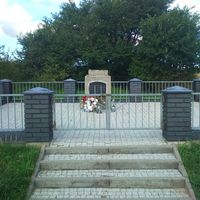
Radziłów
6.68
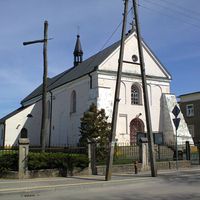
Church of the Nativity of the Blessed Virgin Mary in Wąsosz
6.61
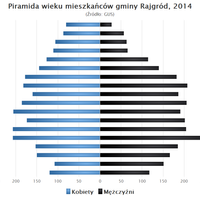
Rajgród
6.56
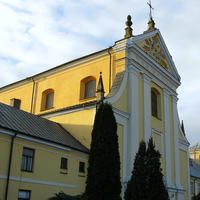
Church of the Name of the Blessed Virgin Mary in Szczuczyn
6.51

Church of the Nativity of the Blessed Virgin Mary in Rajgród
6.46
Rajgród
2025 Wizytor | All Rights Reserved